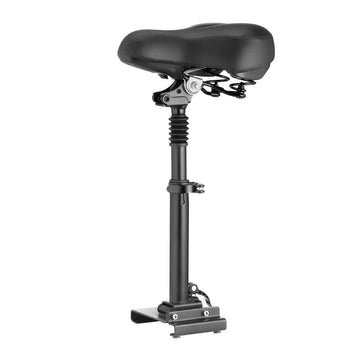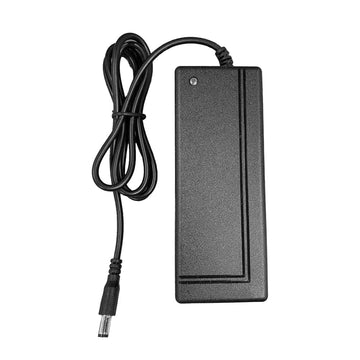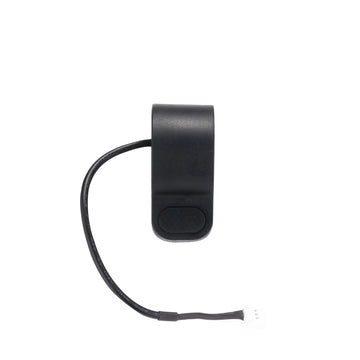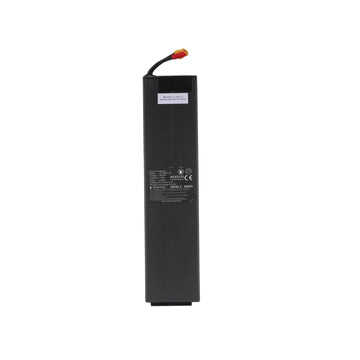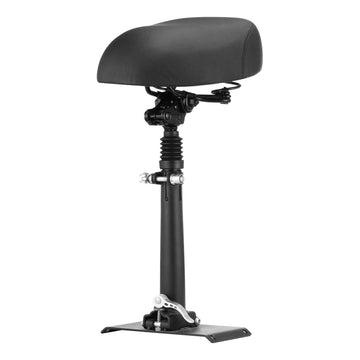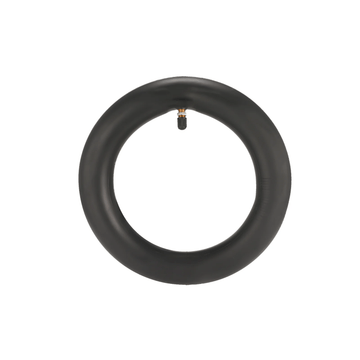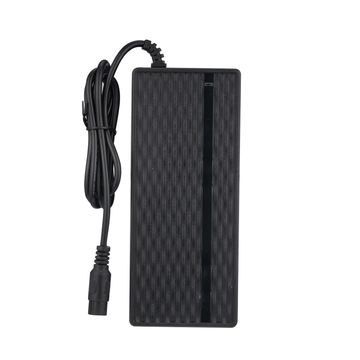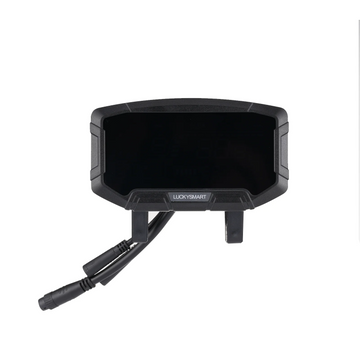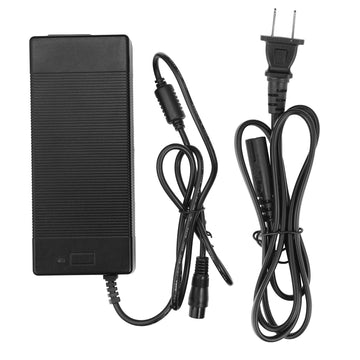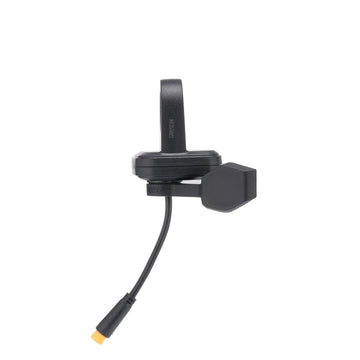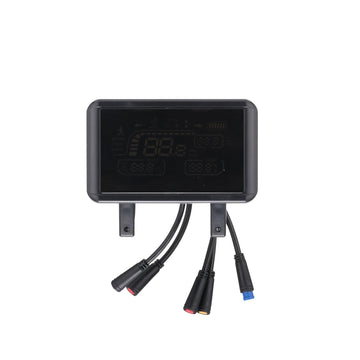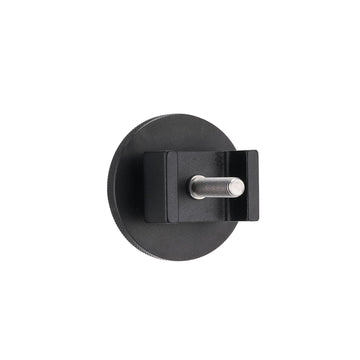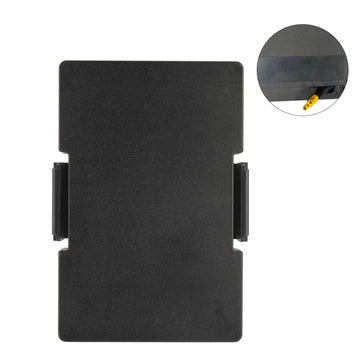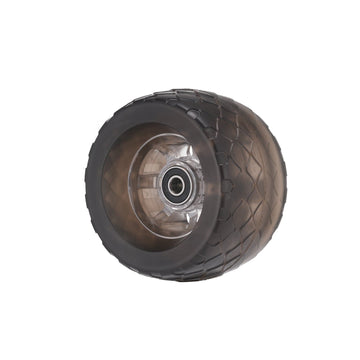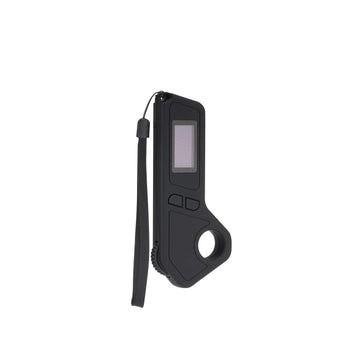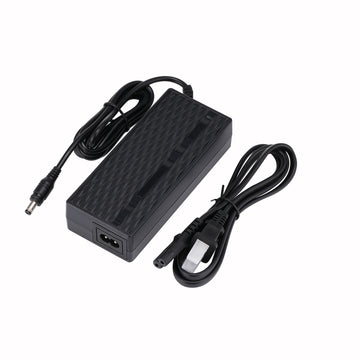
Is your electric bike pedal assist not working? It can be frustrating when you're out for a ride and your e-bike suddenly loses power or fails to provide the necessary assistance. Don't worry, there are several reasons why your e-bike's pedal assist system may not be working properly, and there are solutions to get it back up and running.
Some common issues can cause your electric bike's pedal assist system to stop working. These include a dead battery, faulty wiring, damaged sensors, and software glitches. In some cases, the solution may be as simple as recharging the battery or resetting the system. However, in other cases, you may need to replace parts or seek professional assistance.
In the next section, we'll discuss the common causes of pedal assist malfunctions and provide you with some tips on how to troubleshoot and fix the issue.
Understanding Pedal Assist on Electric Bikes

Pedal assist is a feature in electric bikes that assists in the rider's pedaling efforts. It enhances the overall riding experience by making it easier to pedal and maintain consistent speeds, especially when climbing hills or facing headwinds. In this section, we'll explore the components of pedal assist and how it works.
1. Components of Pedal Assist
Pedal assist systems typically consist of sensors, a motor, and a control system. The sensors are responsible for monitoring the rider's pedaling and sending signals to the control system, which then activates the motor to provide assistance. There are two types of sensors commonly used in pedal assist systems: cadence sensors and torque sensors.
Cadence Sensors vs. Torque Sensors
Cadence sensors measure the speed at which the rider is pedaling, and they send signals to the control system to activate the motor accordingly. Torque sensors, on the other hand, measure the amount of force the rider is applying to the pedals, and they provide assistance based on that. Additionally, there is a PAS sensor that detects the position of the pedals and sends signals to the controller to activate the motor.
Another important component of pedal assist is the magnet ring. It is located behind the right crank and is responsible for detecting the position of the pedals. The magnet ring should be about 3mm away from the PAS sensor to ensure the proper functioning of the system.
How do Pedal Assist Systems Work?
Pedal assist systems work by providing electric assistance to the rider's pedaling efforts. When the rider starts pedaling, the sensors detect the movement and send signals to the control system. The control system then activates the motor to assist, making it easier to pedal and maintain speeds.
The amount of assistance provided by the motor depends on the level of assistance selected by the rider. Most electric bikes come with multiple levels of assistance that can be adjusted according to the rider's preference.
Pedal assist systems offer several benefits, including extended range, easier pedaling, and consistent speeds. They also allow riders to get a light workout without getting sweaty or worn out.
Common Reasons for Pedal Assist Not Working

If your electric bike's pedal assist suddenly stops working, there are several common reasons why this might be happening. In this section, we will discuss the most common causes of pedal assist issues and how to troubleshoot them.
1. Sensor Issues
One of the most common reasons for pedal assist not working is sensor issues. The sensor may be misaligned or malfunctioning, causing it to not detect the movement of the pedals. To fix this issue, you can check the sensor alignment and make sure it is properly aligned with the magnet on the crank. You can also check the sensor for any damage or malfunction and replace it if necessary.
2. Battery Problems
Another common reason for pedal assist not working is battery problems. The battery may have a low charge or connection issues, causing it to not provide enough power to the motor. You can check the battery charge and make sure it is fully charged. You can also check the battery connections and make sure they are properly connected. If the battery is damaged or malfunctioning, you may need to replace it.
3. Motor Issues
Motor issues can also cause pedal assist to stop working. The motor may be overheating or experiencing mechanical failure, causing it to not provide enough power to the pedals. You can check the motor for any damage or malfunction and replace it if necessary.
4. Wiring and Connections
Loose or damaged wires can also cause pedal assist to stop working. You can check the wiring and connections and make sure they are properly connected and not damaged. If there are any loose or damaged wires, you can replace them or have them repaired.
5. Control System Malfunctions
Finally, control system malfunctions can cause pedal assist to stop working. Software or hardware glitches can cause the control system to not function properly, causing the pedal assist to not work. You can troubleshoot the control system and reset it if necessary. If the control system is damaged or malfunctioning, you may need to replace it.
Steps on How to Fix an Electric Bike Pedal Assist That's Not Working

If you are experiencing problems with your electric bike's pedal assist, don't worry, there are several steps you can take to troubleshoot and fix the issue.
Here is a step-by-step guide to help you fix your electric bike's pedal assist:
-
Check the Battery: The first thing you should do is ensure that your bike's battery is charged and properly connected. If the battery is low or not connected correctly, the pedal assist may not work properly. Check the battery voltage and connections to ensure everything is in order.
-
Inspect the Sensors: The pedal assist sensor is responsible for detecting the movement of the pedals and sending a signal to the motor to provide assistance. Check the alignment and cleanliness of the sensor and magnet. If the sensor is misaligned or dirty, it may not work properly. Clean the sensor and magnet with a damp cloth to remove dirt or debris that might interfere with their functionality.
-
Examine the Wiring: Look for loose or damaged connections in the wiring. Check the cable connections between the sensor and the motor. If you find any loose or damaged connections, tighten or replace them as necessary.
-
Test the Motor: Check the motor for unusual noises or overheating. If the motor is making strange noises or feels hot to the touch, it may be damaged and need to be replaced. You can also test the motor by disconnecting the front and rear brake cables, then lifting the bike off the ground and rotating the crank clockwise. If the motor moves normally, the problem may be with the pedal assist sensor.
-
Review the Control System: Reset or update the system if necessary. If you have tried all of the above steps and the pedal assist still isn't working, you may need to reset or update the control system. Check the display settings and firmware to ensure they are up to date. You can also try resetting the system by turning the bike off and on again.
Detailed Fixes for Common Pedal Assist Problems
An electric bike pedal assist not working can be frustrating, but fortunately, there are several solutions to common problems. Here are some detailed fixes for common pedal assist problems:
1. Fixing Sensor Misalignment
If your electric bike's pedal assist is not working, it could be due to sensor misalignment. To fix this issue, follow these steps:
- Locate the sensor on the crank arm and the magnet ring on the wheel hub.
- Check if the sensor is aligned with the magnet ring. If it's not, loosen the bolts holding the sensor and adjust its position until it's aligned with the magnet ring.
- Tighten the bolts and check if the pedal assist is working.
2. Replacing a Faulty Battery
If your electric bike's battery is faulty, it can cause the pedal assist to stop working. To replace a faulty battery, follow these steps:
- Turn off the electric bike and unplug the battery.
- Locate the battery and remove it from the bike.
- Install the new battery and plug it in.
- Turn on the electric bike and check if the pedal assist is working.
3. Repairing or Replacing Wiring
Faulty wiring can also cause the pedal assist to stop working. To repair or replace wiring, follow these steps:
- Turn off the electric bike and unplug the battery.
- Locate the wiring and check for any damage or loose connections.
- Repair or replace any damaged or loose wiring.
- Plug in the battery and turn on the electric bike.
- Check if the pedal assist is working.
4. Servicing the Motor
If the motor is not working properly, it can cause the pedal assist to stop working. To service the motor, follow these steps:
- Turn off the electric bike and unplug the battery.
- Locate the motor and check for any damage or loose connections.
- Clean the motor with a damp cloth.
- Check for any debris or obstructions around the motor.
- Plug in the battery and turn on the electric bike.
- Check if the pedal assist is working.
5. Updating the Control System Software
If the control system software is outdated, it can cause the pedal assist to stop working. To update the control system software, follow these steps:
- Connect the electric bike to a computer using a USB cable.
- Download the latest software update from the manufacturer's website.
- Install the software update on the electric bike.
- Turn on the electric bike and check if the pedal assist is working.
When to Seek Professional Help

If you have tried all the troubleshooting tips and your electric bike’s pedal assist system still doesn’t work, it may be time to seek professional help.
Here are some signs that indicate you need to take your bike to a professional:
1. Identifying Irreparable Damage
If you notice any damage to the motor, controller, or battery, it’s best to take your bike to a professional. Attempting to repair these components on your own can be dangerous and may cause more damage to the bike. A professional bike shop can assess the damage and determine if it’s repairable.
2. Warranty and Manufacturer Support
If your electric bike is still under warranty, it’s best to contact the manufacturer for support. They can provide you with troubleshooting tips and may even offer to repair or replace the bike. If the warranty has expired, you can still contact the manufacturer for support, but you may have to pay for the repairs.
If you’re not comfortable repairing your electric bike on your own, you can take it to a bike shop. They have the expertise and tools to diagnose and repair any issues with your bike. Some bike shops may even offer a warranty on their repairs.
3. Customer Service
If you’re having trouble with the pedal assist system, you can contact the customer service department of the manufacturer. They can provide you with troubleshooting tips and may even offer to repair or replace the bike. If you’re not comfortable repairing your bike on your own, you can take it to a bike shop. They have the expertise and tools to diagnose and repair any issues with your bike.
Preventative Maintenance Tips
To ensure that your electric bike's pedal assist system is always working at its best, it's important to perform regular preventative maintenance. This will help prevent future issues and keep your bike running smoothly.
Here are some tips on how to maintain your pedal assist system:
-
Regularly check the battery: Make sure that the battery is fully charged and in good condition. If the battery is not charged, the pedal assist system may not work properly. Also, check for any signs of damage or wear and tear on the battery and replace it if necessary.
-
Clean the sensor and magnet: The pedal assist system relies on a sensor and magnet to work properly. Over time, dirt and debris can build up on these components, causing the system to malfunction. To prevent this, clean the sensor and magnet regularly with a damp cloth.
-
Check the PAS sensor and magnet ring: The PAS sensor and magnet ring are crucial components of the pedal assist system. If either of these components is damaged or not working properly, the system may not work as intended. Regularly check the PAS sensor and magnet ring for signs of damage or wear and tear, and replace them if necessary.
- Store your bike properly: When not in use, store your electric bike in a dry and cool place. Avoid exposing it to extreme temperatures or moisture, as this can damage the pedal assist system and other components of the bike.
Conclusion
In wrapping up, when your electric bike's pedal assist stops working, it can be a real hassle. But with the guidance provided in this article, you now have the know-how to troubleshoot and address common issues.
From checking the battery and connections to resetting the system and seeking professional help, these steps can help you get back to a smooth ride. Remember, regular maintenance is key to preventing future problems.
We hope this guide has empowered you to fix your pedal assist and enjoy the full potential of your electric bike. Ride on with confidence, knowing you can tackle any bumps along the way.
Frequently Asked Questions
How do you clean a pedal assist sensor?
To clean a pedal assist sensor, gently wipe it with a soft cloth to remove any dirt or debris that may interfere with its functionality. You can also use a damp cloth to clean the sensor and the magnet on the crank arm. Avoid using any harsh chemicals or abrasive materials that could damage the sensor.
How do I know if my ebike controller is bad?
If your pedal assist is not working, it could be due to a faulty ebike controller. Signs of a bad controller include a lack of power to the motor, erratic motor behavior, or no response from the controller. You may also notice that the display is not working correctly. If you suspect that your controller is bad, it's best to take your bike to a professional for diagnosis and repair.
Does pedal assist drain battery?
Yes, pedal assist does drain the battery on your electric bike. The amount of battery drain will depend on the level of assist you are using and how much you are pedaling. However, most electric bikes have a range of 20-50 miles per charge, so you should be able to ride for several hours before needing to recharge the battery.
How do you test a pedal assist sensor?
To test a pedal assist sensor, disconnect the front and rear brake cables and lift the bike off the ground. Rotate the crank clockwise to see if the motor moves normally. If the motor does not move, there may be a problem with the sensor or the magnet ring. You can also use a multimeter to test the sensor's resistance and make sure it is within the manufacturer's specifications.
How long does the battery last on a pedal-assist bike?
The battery life on a pedal-assist bike will depend on several factors, including the size of the battery, the level of assist you are using, and how much you are pedaling. Most electric bike batteries have a range of 20-50 miles per charge, but this can vary depending on the bike's specifications and usage. It's important to monitor your battery level and recharge your bike before it runs out of power to avoid damaging the battery.
Can you ride a pedal assist bike without the battery?
Yes, you can ride a pedal assist electric bike (e-bike) without the battery, as it will function like a traditional bicycle. However, it may be heavier due to the added components of the motor system. Without battery power, you won't have electrical assistance, which means you'll rely solely on your pedaling effort, especially noticeable when going uphill or during long rides.
Recommended Articles To Read
- How Do Electric Bikes Work?
- How to Fix a Flat Tire on an Electric Bike
- How Fast Does a 1500W Electric Bike Go?




























